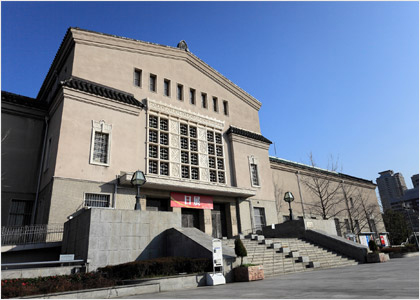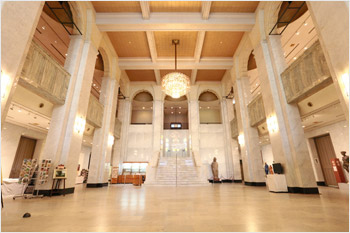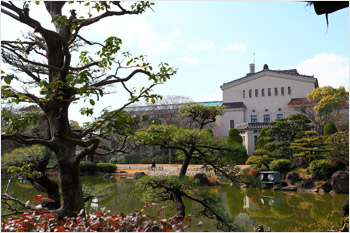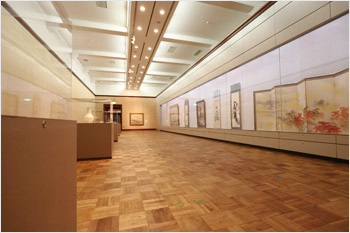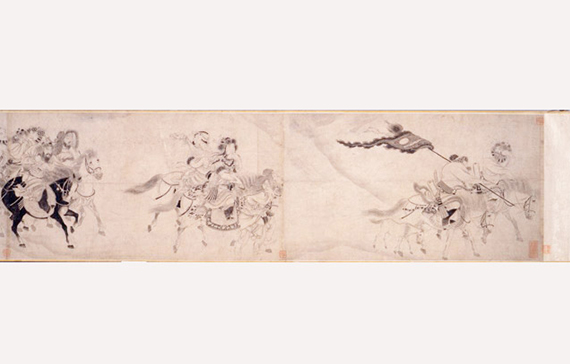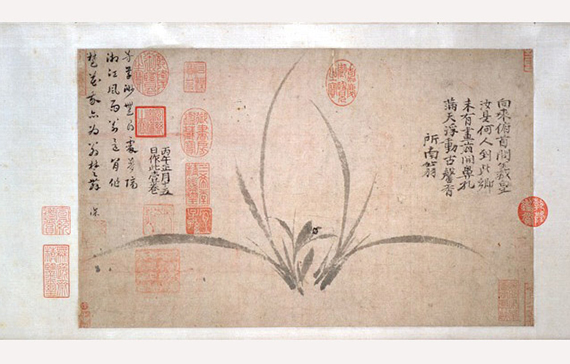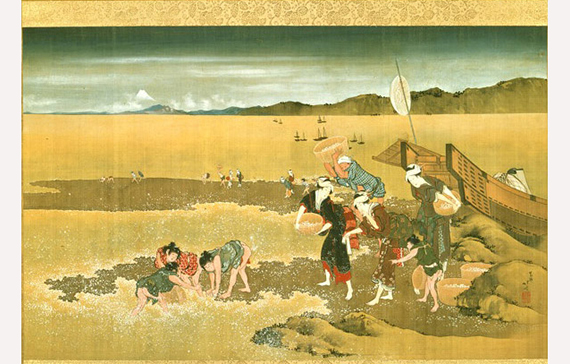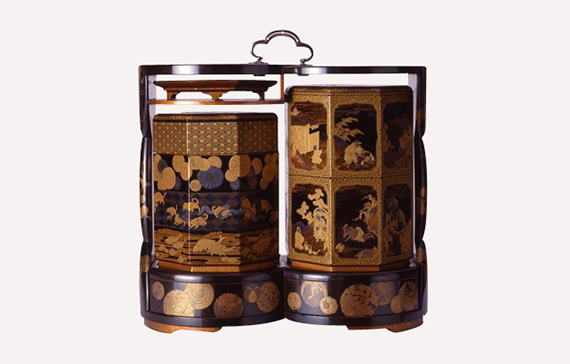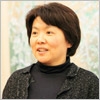Osaka City Museum of Fine Arts, which opened in 1936 and is one of Japan's oldest museums, stands in Tennoji Park. Back in 1920 when “museum” was a word unfamiliar to Japanese people, Osaka City conceived a plan to build a major museum so as to offer the people of the city opportunities to appreciate excellent fine arts and culture, support the endeavors artists, and promote the cultural development of Osaka.
The main building, with two floors above ground and two below, is a symmetric, modern building in a Japanese style. A permanent exhibition is held in the main building, consisting of items selected from the museum’s holdings of over 8,500 works, including Japanese and Chinese paintings, sculptures, and traditional crafts, as well as works donated by temples and shrines. The underground gallery is available for use by various art associations for their exhibitions. Osaka City Museum of Fine Arts is indeed a people’s museum.

 EN
EN